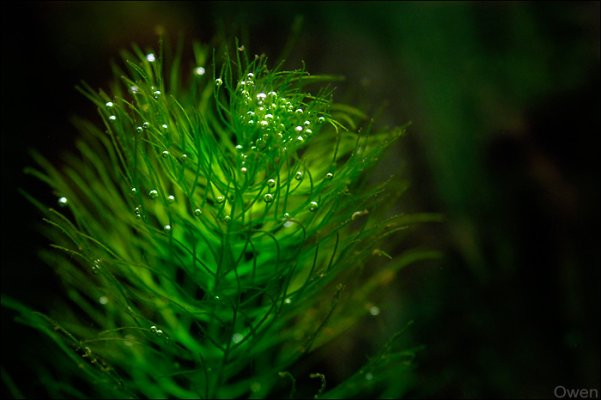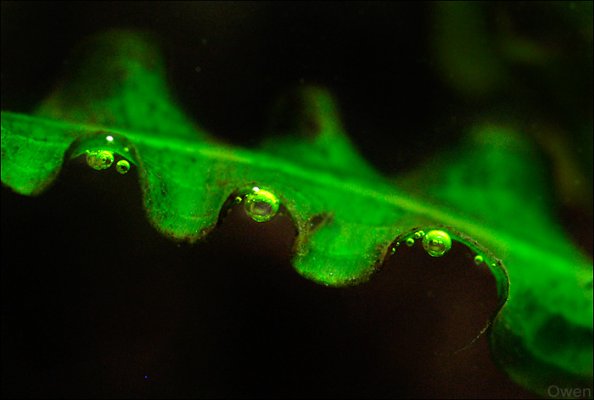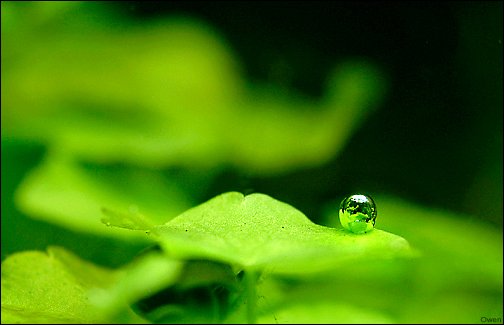Newzpix
Aquarium Advice Apprentice
Latest images from my 45-gallon tank. Shot around 9pm, just prior to lights and CO2 shutting off.
--> Thanks for the kind compliments.
The key to good photos: Get close to the positive elements and eliminate the distractions.
Or in my case, keep a camera on a tripod near the tank and hope for some good luck!
--> Thanks for the kind compliments.
The key to good photos: Get close to the positive elements and eliminate the distractions.
Or in my case, keep a camera on a tripod near the tank and hope for some good luck!



